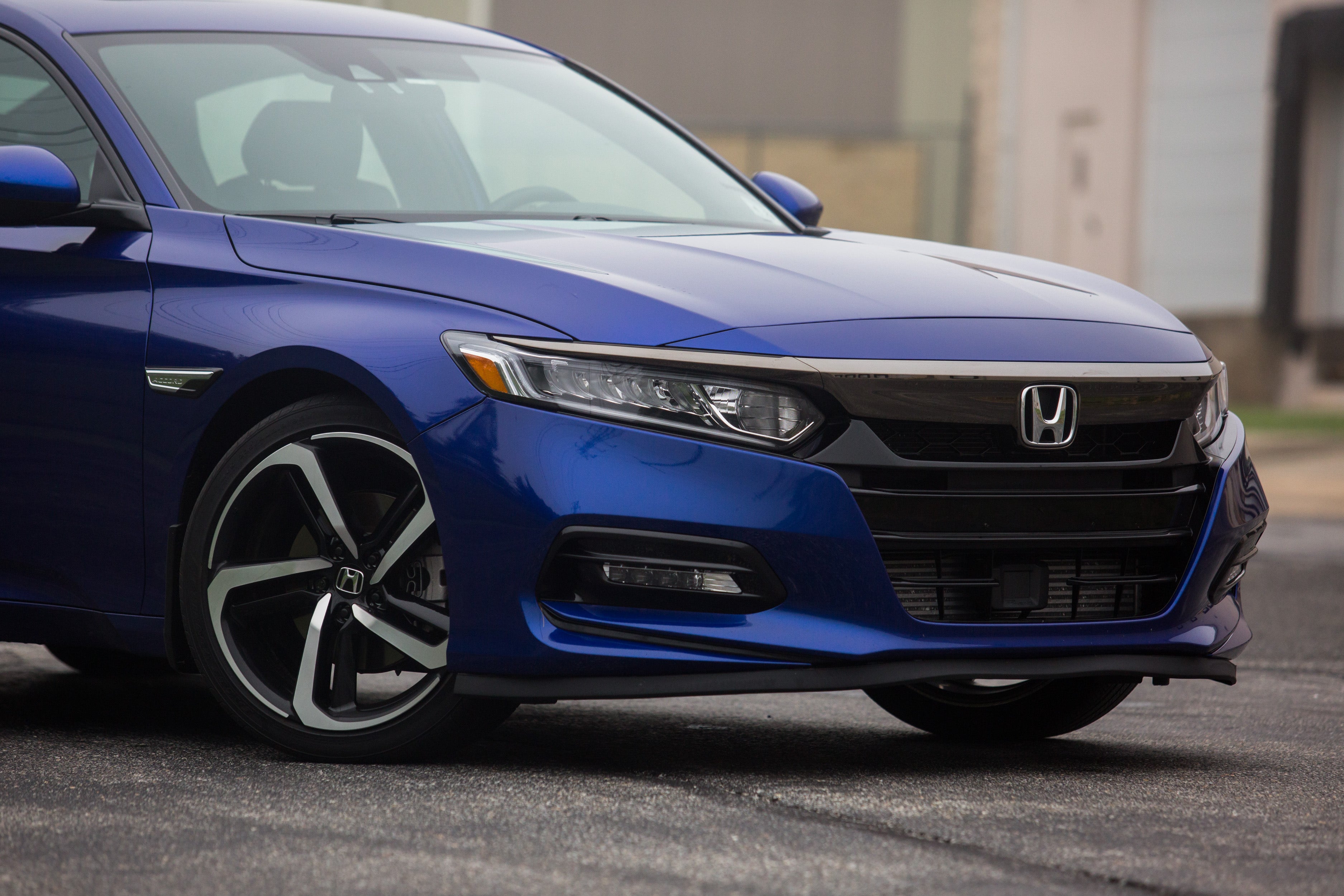
Daditude - Performance Intake R&D Part 2 - Design Plans
Turning into a badass isn't something that happens overnight. It takes time to build up that sort of reputation. People like Chuck Norris or Bear Grylls seem to have always carried that persona, but it took so many seasons of roundhouse kicks and survival stunts for them to be fully recognized. Honda has had 42 years to build up the Accord's reputation from everyday econo-box to subtle bad boy, and while some of that stigma lingers, we're doing our part to make the "Bad Boy" part less subtle.
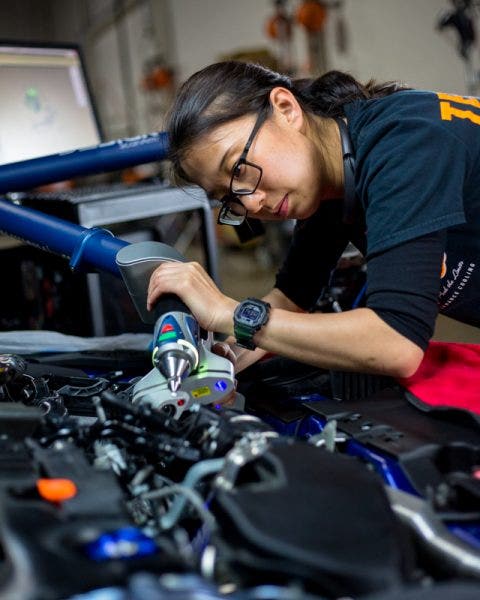
Just like building up street cred can take some time, so does developing a performance intake. Luckily though, we have a plan in place to break the 2.0T Accord out of its shell. Before we can dive into what our new intake is going to look like under the hood, let's take a look at the master plan.
Big MAF in Charge
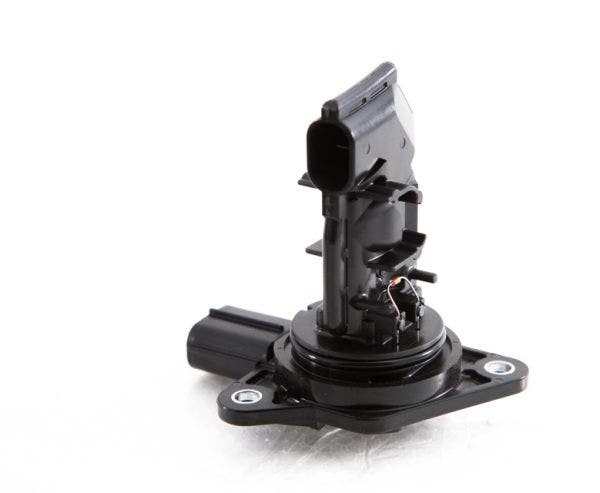
This sensor is more or less in control of your engine's fuel mixture and controls whether you get a visit from the infamous check engine light. If this sensor looks familiar, that's because it is. The same hardware is used in the Civic Si
One of the biggest challenges when creating a new intake kit for a modern vehicle is avoiding the dreaded check engine light. The main offender for setting off the yellow beacon is the long-term fuel trim, or LTFT, which is measured in a positive or negative percentage. This is a gauge on how rich or lean the engine is running calculated by the signals sent to the ECU from the mass airflow sensor, or MAF. This sensor is calibrated to operate within the specific confines of its housing. Any adjustments to the size of this housing could skyrocket the LTFT and set off that unwanted dash light.
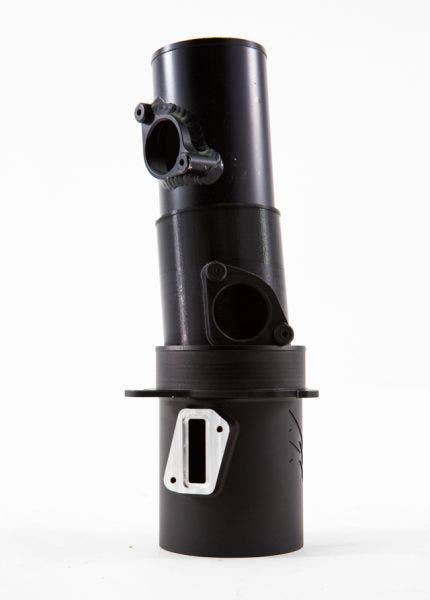
The leaning tower of MAF housing above shows where the Accord's housing sits in reference to the rest of the sporty Honda lineup.
In the case of the 2.0T Accord, Honda used a combination of the Civic Si's sensor with a housing that was sized somewhere between the sporty Civic and the CTR. With this in mind, our engineer, Ye, is planning on making only slight adjustments to the size of this housing for the sake of flow. Part of the plan is to test out a few different configurations to find the perfect mixture of flow through our new kit and acceptable fuel trim levels to go with it.
RotoBox
Protecting the filter from absorbing the ambient engine bay heat is always something that we have in mind during these projects. There are plenty of ways to do just that, but here at Mishimoto we prefer to give the filter a new shell with a fully enclosed box. The new box will keep the warmer air from seeping in and the fresh air focused and flowing where it needs to go.
Sheet metal has long since been our material of choice when it comes to enclosing the air box. It's relatively inexpensive, which helps on your end, plus it's durable and does the job. However, given the space constraints on the 2.0T flavored Accord, and the complexity of the design, even a cheaper metal might not be enough to limit the price tag. That being the case, we decided to venture down another path to create an airbox design that would be produced using rotational molding.
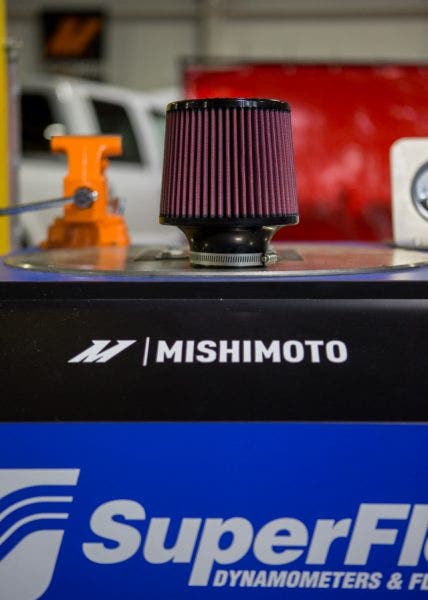
Our engineer, Ye, started the box design by picking a filter size from our catalog already proven to improve the flow through the Accord's respiratory system. From there, the box expanded to give some room for the fresh air to flow into while keeping it concentrated around the filter. With a keen eye on the surrounding equipment, Ye was able to design and create a tangible representation of the full design with the help of our 3D printers.
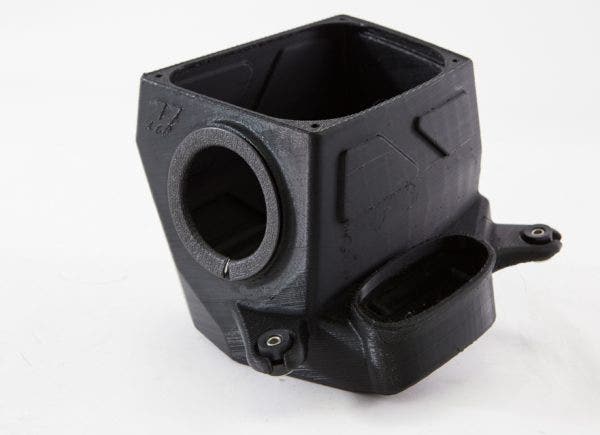
The plan for our new design is to improve on the power and sound of your turbo-Accord while keeping the sleek OEM+ styling. Our new design retains the factory snorkel and basically maxes out the build envelope for the new filter.
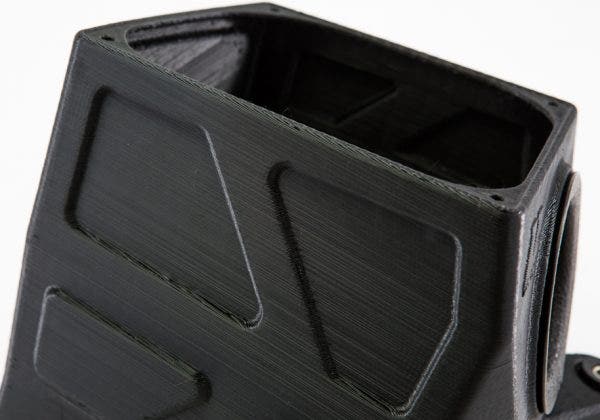
These grooves are more than just for looks. They're for added structural integrity. Our plan is for a linear low-density polyethylene (LLDPE) construction. While this is regarded as a strong plastic material, Ye still wanted to make sure it could stand up to the rigors of the Accord's engine bay. The eccentric design does just that.
With the obvious lack of space available in the engine bay of these new Accords, proper fitment is a cause for concern. Luckily though, in an effort to make sure that we get it right the first time around, we employed the 3D printers again to create a full fitment prototype for a first look at the new kit.
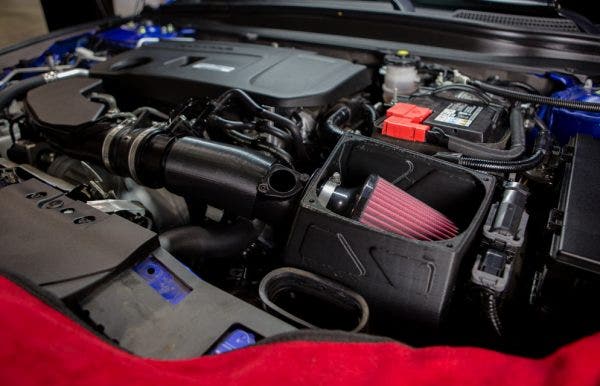
We also ditched the accordion-style section of hose for a silicone coupler. Our connection piece will feature multiple layers of durable silicone and remove the uneven surface, resulting in improved flow.
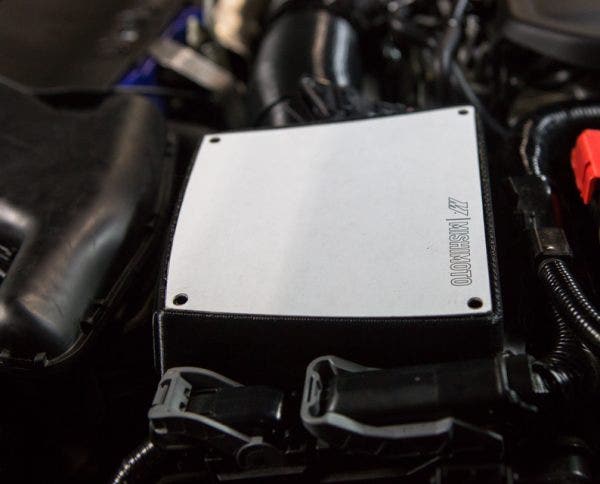
We fully intend on providing a lid with this intake kit, but you'll have to wait and see what it will be made of.
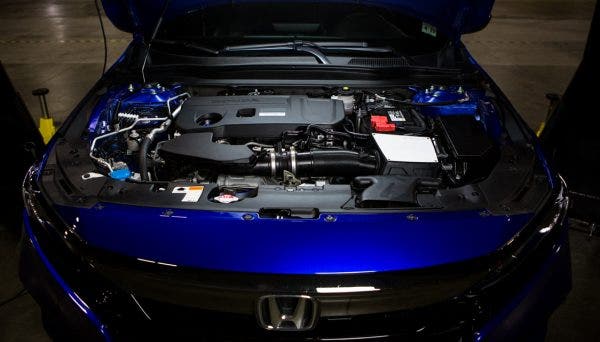
With our plan in place, the Accord 2.0T is well on its way toward the proper attitude adjustment. This might be a major milestone in the process, but there's still a way to go. Make sure to stay tuned for the first look at the full production sample and testing.
Thanks for Reading!
-Nick




